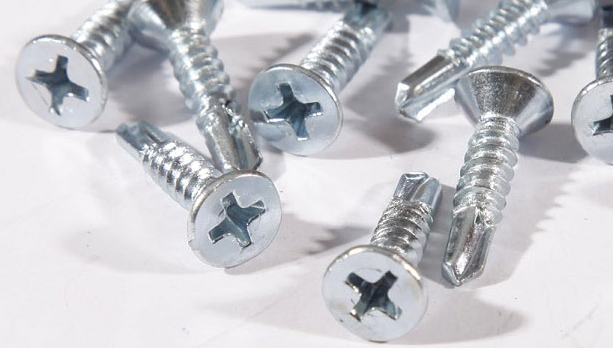Exploring the Advantages and Applications of Chemical Anchor Studs in Modern Construction Techniques
Understanding Chemical Anchor Studs A Comprehensive Overview
Chemical anchor studs are a crucial component in modern construction and engineering applications, providing a reliable, robust solution for securing fixtures to concrete, masonry, or other solid substrates. These innovative fasteners utilize a combination of a threaded stud and a specialized adhesive or chemical resin that forms a strong bond with the surrounding material. This article will explore the properties, benefits, applications, and installation procedures associated with chemical anchor studs.
Properties of Chemical Anchor Studs
Chemical anchor studs are designed to withstand tensile and shear forces, making them ideal for heavy loads and structural applications. The key components include
1. Threaded Stud Usually made of high-strength steel or stainless steel, the threaded stud provides a secure anchor point for attaching various fixtures, such as beams, machinery, or handrails. 2. Chemical Resin The adhesive component is typically a two-part epoxy or polyester resin that, when mixed, creates a strong bond with the substrate. This resin not only ensures a secure grip but also prevents moisture ingress and corrosion.
3. Expansion Mechanism Depending on the design, some chemical anchor studs may include an expansion feature that enhances grip within the substrate, maximizing load-bearing capabilities.
Benefits of Chemical Anchor Studs
The advantages of using chemical anchor studs in construction and engineering include
1. Enhanced Strength Chemical anchors can support heavier loads than traditional mechanical anchors due to their deep bond with the base material, making them suitable for high-stress applications.
2. Versatility They can be used in various materials, including concrete, brick, and stone, making them adaptable for numerous projects ranging from residential buildings to industrial applications.
3. Resistance to Environmental Factors The chemical bonding and protective coating of studs provide resistance against moisture, chemicals, and temperature fluctuations, enhancing durability and lifespan.
4. Reduced Wedge Effect Unlike expansion anchors that exert a wedge effect, chemical anchors distribute loads more evenly, minimizing the risk of cracking or spalling in the base material, especially in precast concrete.
Applications of Chemical Anchor Studs
chemical anchor studs

Chemical anchor studs are employed across various sectors due to their reliability and strength
1. Construction In high-rise buildings and bridges, they are frequently used to secure beams and girders, ensuring structural integrity.
2. Manufacturing Factories and warehouses utilize chemical anchors to secure machinery, storage racks, and assembly lines.
3. Infrastructure Highway signs, traffic signals, and other fixtures are often anchored using chemical studs to ensure stability and safety.
4. Renovation Projects In restoration and rehabilitation, chemical anchor studs are valuable for securing new fixtures to existing structures without compromising the integrity of the older materials.
Installation Procedures
To achieve optimal performance with chemical anchor studs, proper installation is critical. Key steps include
1. Site Preparation Ensure the substrate is clean and free of debris or loose materials. For concrete, drilling the correct diameter and depth is essential.
2. Mixing the Resin Follow manufacturer instructions to mix the resin components accurately, ensuring uniform consistency.
3. Insertion Insert the chemical anchor stud into the drilled hole, and allow the resin to fill the annulus, ensuring complete contact with the substrate.
4. Curing Time Allow adequate curing time as specified by the manufacturer before applying any load to the anchor, ensuring the bond reaches its full strength.
Conclusion
Chemical anchor studs represent a sophisticated and effective solution for anchoring applications in a dynamic construction environment. Their strength, versatility, and resistance to environmental variables make them indispensable tools for engineers and contractors. With proper installation, these anchors can significantly enhance the safety and longevity of construction projects, contributing to the overall success and durability of modern infrastructure.
-
Weatherproof Plastic Expansion Anchors for OutdoorNaidheachdanJun.06,2025
-
Sustainability in the Supply Chain: Eco-Friendly TEK Screws ProductionNaidheachdanJun.06,2025
-
Load-Bearing Capacity of External Insulation FixingsNaidheachdanJun.06,2025
-
Double Head Bolts: Enhancing Efficiency in Industrial MachineryNaidheachdanJun.06,2025
-
Corrosion Resistance in Chipboard Screws: Coatings for Wholesale DurabilityNaidheachdanJun.06,2025
-
Butterfly Toggle Bolts : Enhancing Structural ResilienceNaidheachdanJun.06,2025
